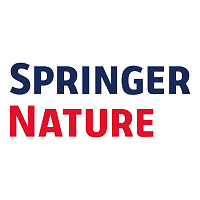Purpose To evaluate and compare the optic nerve sheath diameters (ONSDs) of facial trauma patients as observed on facial CT and brain CT, and to evaluate the predictive performance of ONSD as seen on facial CT for traumatic brain injury (TBI). Methods We retrospectively enrolled 262 patients with facial trauma who underwent both facial CT and brain CT. Two reviewers independently measured ONSD at 3 mm (ONSD3) and 10 mm behind the globe (ONSD10) for each patient on both CT scans. Final CT reports with clinical progress notes were used as the reference standard. Statistically, multivariate logistic regression analysis, receiver operating characteristic (ROC) curves, and intraclass correlation coefficients (ICCs) were used. Results Eighty-seven (33.2%) patients were diagnosed with facial fracture, and 21 (8.0%) were diagnosed with intracranial haemorrhage. Neither reviewer observed significant differences (p = 0.15-0.61) between facial CT and brain CT when comparing ONSD3 and ONSD10. ONSD3 on facial CT was a significantly independent factor for distinguishing TBI from negative brain CT scan (p = 0.001); as ONSD3 increased, the risk of TBI increased 8.1-fold. ONSD3 >= 4.13 mm exhibited the highest area under the ROC curve (AUC) for predicting TBI (AUC, 0.968; sensitivity, 90.5%; specificity, 98.8%). There were good or excellent interobserver agreements for all measurements (ICC, 0.750-0.875). Conclusion ONSD3 as determined by facial CT is a feasible predictive marker of TBI in facial trauma patients. It can assist emergency physicians in deciding whether immediate further brain imaging is warranted.

Optic nerve sheath diameter on facial CT: a tool to predict traumatic brain injury
Review badges
2 pre-pub reviews
0 post-pub reviews